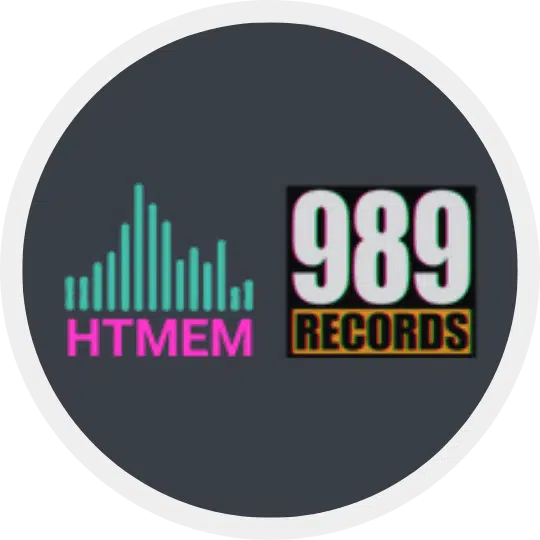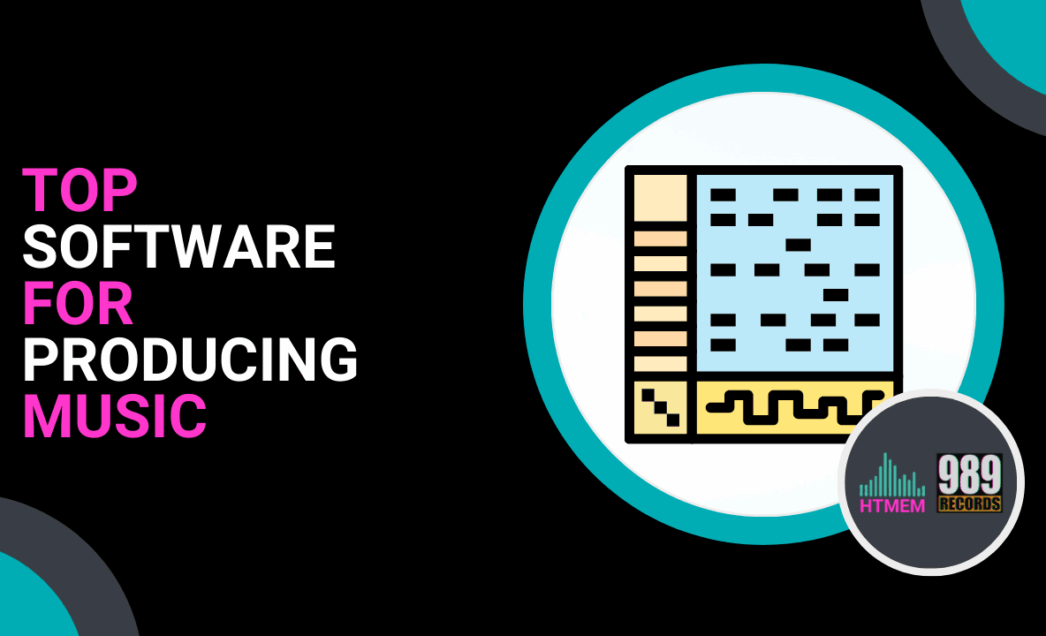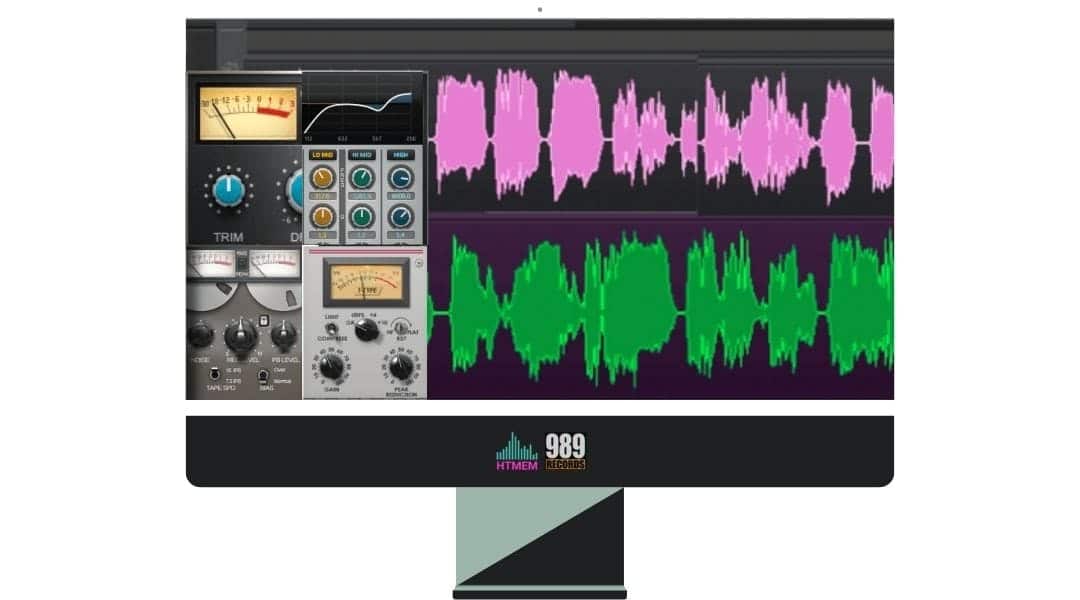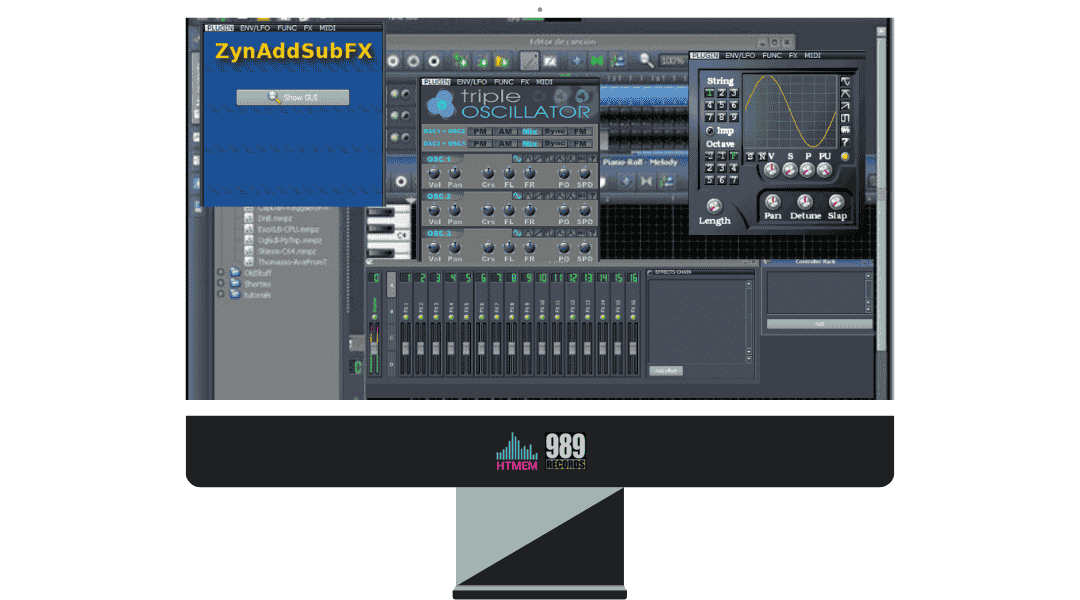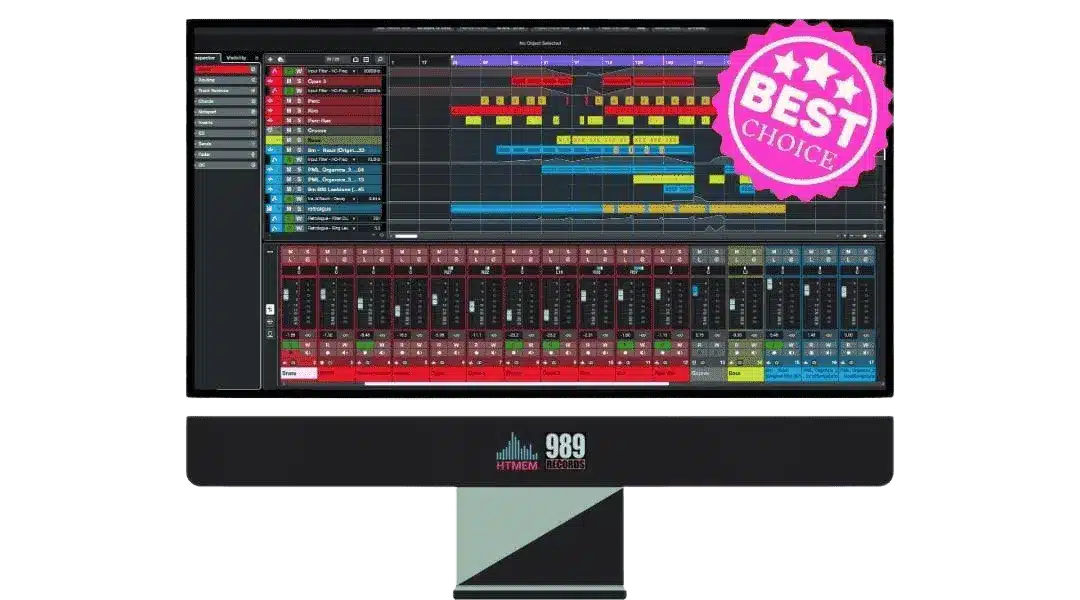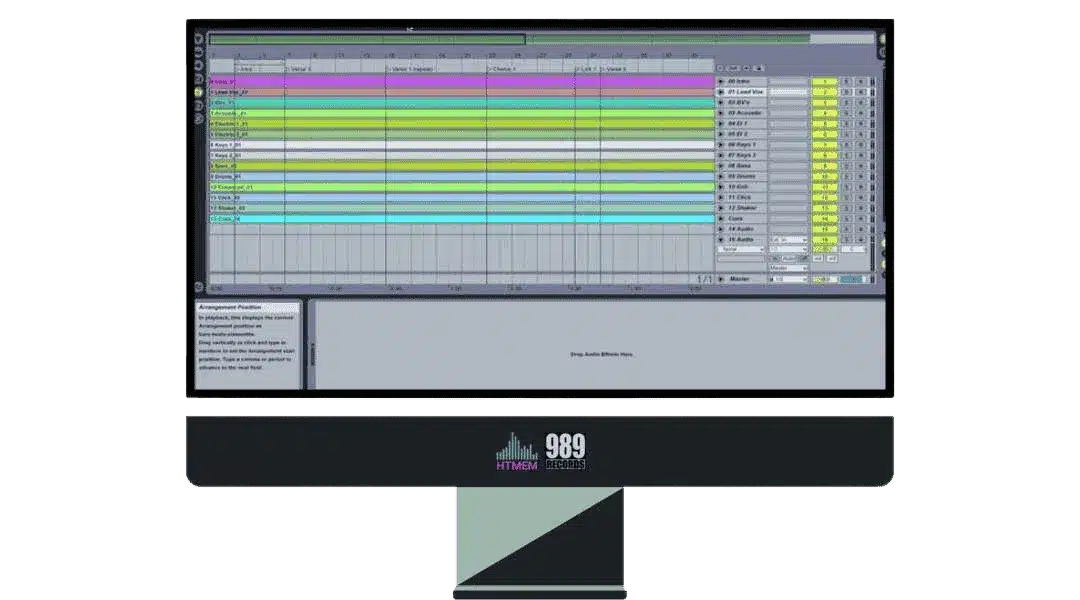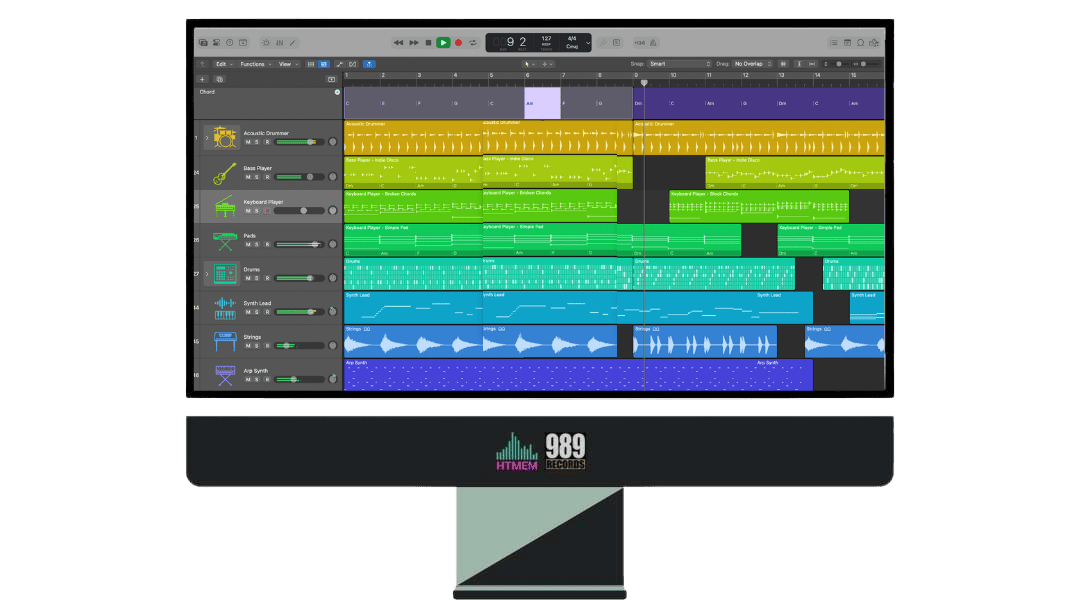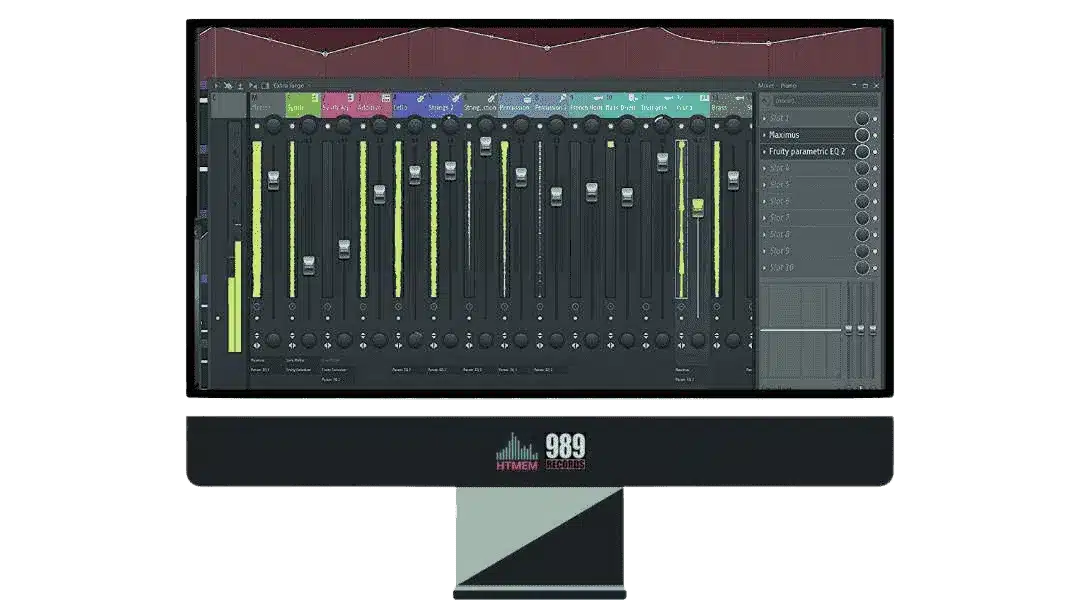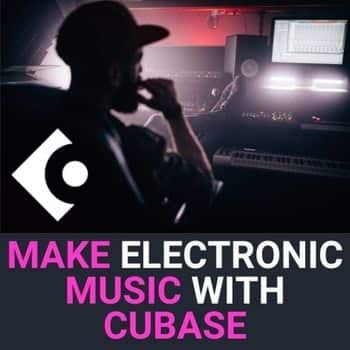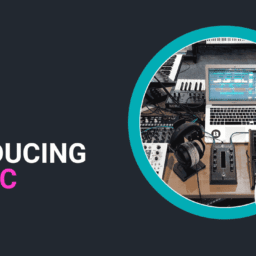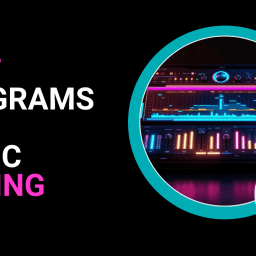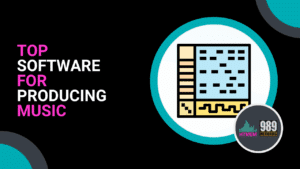
Hey, if you’re looking for the best software for producing music, look no further because if you’re just starting out or you are an experienced producer, this article will try to help you find the right tools for your music production needs. In the next paragraphs, we’ll explore both free and paid options to fit every budget and skill level.
Key Takeaways
- Explore free DAWs like GarageBand, Cakewalk, and LMMS to kickstart your music production journey without breaking the bank.
- Invest in powerful paid software like Steinberg Cubase, Ableton Live, and FL Studio for advanced features and professional sound quality.
- Prioritize usability, compatibility, and essential features when choosing a DAW; customize your workspace for enhanced workflow and creativity.
Best Free Music Production Software

Free music production software offers a fantastic entry point for those new to music creation or anyone on a tight budget. Several free DAWs stand out for their features and ease of use. These tools provide a cost-effective way to start making music without compromising on quality and/or your creativity.
Now, regardless of your experience level, completely free music-making software can be incredibly powerful. Let’s now discover some of the top apps available in the free version for any aspiring music maker. Additionally, there are many options for free software that can enhance your music-making experience.
GarageBand
GarageBand is an excellent choice for beginners, particularly for Mac users. This free music-making software is renowned for its user-friendly interface, making it accessible even to those with no prior musical background. GarageBand’s intuitive design and seamless integration with other Apple apps make it easy to start making music.
GarageBand stands out for its powerful set of tools that support extensive music creation. Sp, if you’re recording a guitar track, producing electronic music, or mixing a song, GarageBand can provide all the tools you need to produce professional-quality music. Its versatility and ease of use make it particularly ideal for those venturing into music production.
| Platform Compatibility | Mac, iOS |
| Unique Features | Virtual drummers with 28+ styles, 100+ EDM and Hip-Hop synth sounds, seamless Apple integration |
| Pros | User-friendly interface, great for beginners, high-quality loops and instruments, syncs with Apple devices |
| Cons | Limited to Mac/iOS users, not ideal for advanced producers |
| Official Link | GarageBand Official |
Cakewalk by BandLab
Cakewalk by BandLab is another top contender in the realm of free music production software, particularly for Windows users. This DAW features a clean and modern interface, ensuring it remains accessible and user-friendly.
Cakewalk offers unlimited audio and MIDI tracks, providing the flexibility to create complex musical arrangements freely. Its robust set of features makes it a powerful tool for both beginners and experienced producers alike.
| Platform Compatibility | Windows |
| Unique Features | Unlimited audio/MIDI tracks, built-in ProChannel effects, MultiPicker content management, VST3 plugin support |
| Pros | Professional-grade tools for free, unlimited tracks, vibrant community support, flexible automation options |
| Cons | Requires some learning for beginners, only available on Windows |
| Official Link | Cakewalk by BandLab |
LMMS
LMMS is a versatile digital audio workstation that operates on multiple platforms, making it accessible to a wide range of users. This free music production software is particularly well-suited for electronic music production, offering numerous professional features that allow you to create intricate and polished tracks.
The LMMS community also offers ample support and resources to help users enhance their music production skills.
| Platform Compatibility | Windows, Mac, Linux |
| Unique Features | Open-source, extensive MIDI support, FX mixer, track automation, ideal for electronic music production |
| Pros | Free and open-source, multiplatform, strong MIDI editor, active user community |
| Cons | Outdated interface, lacks advanced audio recording and mixing tools |
| Official Link | LMMS Official |
Top Paid Music Production Software
Investing in paid professional software options provides access to a wealth of advanced features and professional tools that are often regarded as industry standard. These digital audio workstations cater to serious music producers who require comprehensive functionality and superior sound quality.
Many paid DAWs are renowned for their capabilities and reliability. Let’s explore the top choices for professional music production software.
Steinberg Cubase
Steinberg Cubase is a gold standard in the music production industry, widely used by professional musicians and producers. This powerful DAW offers a wide range of features such as MIDI sequencing, audio recording, and mixing capabilities. Cubase has been instrumental in producing hit songs and albums across various genres, including pop, rock, film scoring, and electronic music.
Cubase is particularly strong in its advanced tools for editing and processing audio. Features like the integrated auto-tune (VariAudio), audio alignment tools, and time-stretching algorithms make it a favorite among professionals. The intuitive user interface and comprehensive audio editing capabilities further enhance its appeal, making it a top choice for serious music producers.
| Platform Compatibility | Windows, Mac |
| Unique Features | VariAudio pitch correction, advanced mixing/editing tools, flexible time-stretch, audio alignment for professional results |
| Pros | Industry-standard for professionals, flexible tools, and reliable for complex arrangements |
| Cons | Expensive for advanced versions, steep learning curve, requires high-performance hardware |
| Official Link | Cubase Official |
Ableton Live
Ableton Live is a versatile DAW that excels in both studio work and live performances. One of its standout features is real-time song assembly, allowing artists to dynamically create and manipulate their performances. This makes Ableton Live a preferred choice for electronic music producers and live performers.
Additionally, Ableton Live includes Max4Live, which enables users to create custom devices and expand the software’s capabilities. Compatibility with both Windows and Mac OS ensures a broad user base can access its powerful features.
Ableton Live provides both pro studio producers and live performers with the flexibility and tools they need.
| Platform Compatibility | Windows, Mac |
| Unique Features | Real-time production, Max for Live custom tools, Session View for live arrangements |
| Pros | Perfect for live performances, fast workflow, active community, and versatile editing capabilities |
| Cons | Expensive full versions require time to master |
| Official Link | Ableton Official |
Logic Pro
Logic Pro is a favorite among Mac users for its advanced features and professional-grade tools. It offers pitch correction and scale quantization, which are highly valued by music producers for achieving vocal precision and adherence to musical scales. These features significantly enhance the overall musicality and elevate the production quality.
However, Logic Pro does come with some challenges. The process of adding plugins can be complicated, and the stock EXS24 sampler is considered outdated and buggy. Despite these drawbacks, Logic Pro remains a top choice for professionals who appreciate its unique features and are willing to navigate its limitations.
| Platform Compatibility | Mac |
| Unique Features | Live Loops, advanced pitch correction, extensive plugin library, deep integration with Apple ecosystem |
| Pros | Wide range of tools, excellent for scoring and composing, seamless with other Apple products |
| Cons | Available only on Mac, certain features are less intuitive |
| Official Link | Logic Pro Official |
FL Studio
FL Studio is renowned for its user-friendly interface, making it accessible to both novice and seasoned music producers. This popular DAW offers powerful editing tools that allow for detailed manipulation of audio and MIDI, making it a versatile choice for various music production needs.
One of FL Studio’s significant advantages is its extensive plugin support, enabling users to expand their sound library and enhance their production capabilities. Its widespread use in the music production industry and its robust set of features make FL Studio a top contender among paid DAWs.
| Platform Compatibility | Windows, Mac |
| Unique Features | Lifetime free updates, pattern-based workflow, substantial plugin support |
| Pros | User-friendly for beginners, excellent plugin library, great for beat-making and production flexibility |
| Cons | Limited features in entry-level versions, some tool limitations for mixing |
| Official Link | FL Studio Official |
Choosing the Right Music Production Software
So, choosing the right, best music production software significantly impacts your creative process and overall productivity. The suggestion is, when making your program choice, consider your specific requirements, such as the genre and the types of projects you want to undertake, and your budget.
Key aspects to consider include usability, OS compatibility, essential tools for music creation and editing, and the learning curve.
HTMEM provides a series of courses you can attend to become a music producer, in no time. Explore all the courses here.
Budget Considerations
When choosing music production software, budget plays a significant role. Starting with basic tools and gradually upgrading as your skills and needs evolve is advisable. Many DAWs offer a free or trial version, allowing you to evaluate their features before making a financial commitment.
This way, you ensure that your investments align with your project requirements.
Compatibility with the Operating System
Compatibility with your operating system is vital to avoid performance issues. Whether you’re a Mac user or prefer Windows, make sure your chosen DAW can run smoothly on your system.
Also, for optimal performance, installing and keeping updated all the necessary drivers for your audio interface is crucial. This step helps manage audio inputs and outputs effectively, ensuring a seamless production experience.
Usability and Learning Curve
Usability and the learning curve are key factors in selecting a DAW. Some software options are designed with user-friendly interfaces, making them accessible for beginners while also providing advanced features for experienced users. DAWs like Ableton and FL Studio offer complex features that may require a steeper learning curve but are highly rewarding for dedicated users.
Extensive online communities, courses, and forums can be invaluable resources for overcoming learning challenges. Engaging with these communities can ease the learning curve and provide support as you explore your chosen DAW’s features. Combining user-friendly interfaces with community support facilitates a smoother learning experience.
Essential Features to Look For
When choosing music production software, considering the essential features that will enhance your creative process is important. Key features to look for include MIDI editing and sequencing, plugin support, and audio editing tools available. For creating complex arrangements, these elements are crucial, expanding your sound options, and achieving precise control over your tracks.
Here’s a closer look at all the features of features.
MIDI Sequencing
MIDI sequencing allows musicians to create intricate arrangements and manage various musical elements effectively. It is a protocol that enables seamless integration with external hardware, enhancing the overall production process and connectivity.
Plugin Support
VST, AAX, Audio Unit (AU), RTAS, TDM, LADSPA, LV2, DX/DXi, CLAP, MAS, ReWire, DSSI?
A robust plug ins support expands your sound options and enhances your music production capabilities. High-quality DAWs typically support a wide range of plugin formats and technologies (like the ones mentioned above), offering versatility in sound design. This support allows you to integrate additional instruments and effects, expanding your creative arsenal.
Audio Editing Tools
Advanced audio editing tools provide precise control over track details and overall mixes. An audio editor with non-linear editing capabilities (also known as non-destructive) allows for modifications without altering the original audio files, ensuring professional-level production quality and he possibility to get back to the original recording state, if needed.
Getting Started with Your Chosen DAW
After selecting the music production software that best suits your needs, you can get started. Proper installation and setup maximize the potential of your DAW. Familiarize yourself with the basic tools and functions, such as the mixer, MIDI editor, and arrangement view, essential for music production.
As you become more comfortable as a beginner, try exploring all the advanced features to elevate your music production skill level. Let’s break down these steps to help you get started.
Installation and Setup
Start by carefully following the installation instructions, including downloading and installing any necessary drivers or additional software for your DAW. Setting up your audio interface properly is also crucial; ensure all drivers and buffer sizes are optimized for performance.
Many DAWs offer more tutorials and resources to help users get started, so take advantage of these for a smooth setup process.
Basic Tools and Functions
Acquainting yourself with the basic tools and functions of your DAW is essential for efficient music production. Templates can streamline your workflow by providing a structured framework, making it easier to start new projects. A workspace template can save considerable time, allowing you to focus on creativity rather than technical configurations, enhancing your skill set.
Mastering and customizing keyboard shortcuts can drastically reduce the time spent navigating your DAW, enhancing production efficiency. These shortcuts, along with a well-organized workspace, enhance your ability to produce music quickly and effectively.
Exploring Advanced Features
Once comfortable with the basics, explore the advanced features of your DAW. Focus on creating the music you want rather than perfect mixes.
Listeners often value compelling, emotionally engaging music over technical perfection.
Pushing creativity and focusing less on perfection can significantly improve your music.
Also, experimenting with panning and reverb, and other advanced techniques can enhance the stereo field and depth perception, creating a more immersive listening experience. Advanced features like automation, advanced MIDI editing, and plugin integration can elevate your production, offering tools to create professional-quality music.
Enhancing Your Workflow
Enhancing your workflow boosts both productivity and creativity in music production. Use folder tracks to organize your audio files into categories for easier navigation and management. Incorporating automation in your workflow can free up significant time for creative flow tasks. Identifying your most productive times and incorporating various techniques can further enhance efficiency.
Here’s how customizing your workspace can contribute to a more intuitive interface workflow.
Customizing Your Workspace
Customizing your DAW workspace is essential for aligning the software with your production preferences and style. Personalizing your DAW layout can create a more intuitive workflow, making it easier to navigate and manage your projects. Organizing your DAW enhances focus and efficiency, allowing for more effective music production.
Summary
Ok, in summary, choosing the right music production software is vital for your creative journey. If you opt for free or paid software, each option offers unique features and benefits that satisfy different skill levels and project requirements. From GarageBand’s user-friendly interface to Steinberg Cubase’s professional-grade tools, the right DAW can undoubtedly enhance your music production experience and production process.
By taking into account factors such as budget, operating system compatibility, and the learning curve, you can select a DAW that best suits your requirements. Essential features like MIDI sequencing, plugin support, and advanced audio editing tools are vital for creating high-quality music.
As you get started with your chosen DAW, remember to explore both basic and advanced features to maximize your creative potential. With the right tools and techniques, you’ll be well on your way to producing music like a pro.
Comprehensive Comparison Table of Top DAWs
And finally, for your convenience, here’s a concise table summarizing the key features of each DAW for easy reference.
| DAW | Platform Compatibility | Unique Features | Target Audience |
|---|---|---|---|
| GarageBand | Mac, iOS | – Virtual drummers with 28+ styles – 100+ EDM and Hip-Hop synth sounds – Intuitive Sound Library and Logic Remote app – Seamless integration with Apple devices | Beginners and casual creators, especially Apple users |
| Cakewalk by BandLab | Windows | – Unlimited audio/MIDI tracks – Built-in ProChannel with advanced effects – MultiPicker content management system – VST3 plugin support and detailed automation options | Intermediate to advanced producers seeking professional tools |
| LMMS | Windows, Mac, Linux | – Open-source and free – Strong MIDI editor and automation options – FX Mixer and sound generators – Ideal for electronic music production | DIY users and electronic music enthusiasts |
| Steinberg Cubase | Windows, Mac |
|
Professionals and studios aiming for premium features |
| Ableton Live | Windows, Mac | – Real-time production and live performance tools – Max for Live for custom device creation – Session View for dynamic arrangements – Industry standard for electronic music | Electronic music producers and live performers |
| Logic Pro | Mac | – Advanced pitch correction and scale quantization – Live Loops for real-time creation – Massive plugin library – Extensive integration with creative Apple ecosystems | Professional and serious enthusiasts in Mac ecosystems |
| FL Studio | Windows, Mac | – Intuitive, beginner-friendly interface – Extensive plugin support – Pattern-based workflow ideal for beat-making – Lifetime free updates | Producers at all skill levels, beat-make |
Frequently Asked Questions
What is the best free music production software for beginners?
GarageBand is an excellent choice for beginners, particularly for Mac users, thanks to its intuitive design and robust capabilities. Dive in and start creating great music today!
Can I use professional-grade tools without spending money?
Absolutely! You can use professional-grade tools like Cakewalk by BandLab for free, providing unlimited audio and MIDI tracks to elevate your music production without any cost.
What should I consider when choosing music production software?
When choosing music production software, focus on your project needs, budget, and how user-friendly the software is for you. Selecting the right software will empower your creativity and enhance your music-making experience!
Why is plugin support important in music production software?
Having robust plugin support in music production software is crucial as it expands your sound options and enhances your creative possibilities, allowing you to truly unlock your musical potential!
How can I improve my workflow in music production?
Customizing your workspace and leveraging automation and folder tracks can truly transform your music production workflow! Embrace these techniques to enhance your productivity and creativity.
Suggested Reading
Top 5 Best Interface Under 1000 for Home Studios
Practice and Enjoy!
